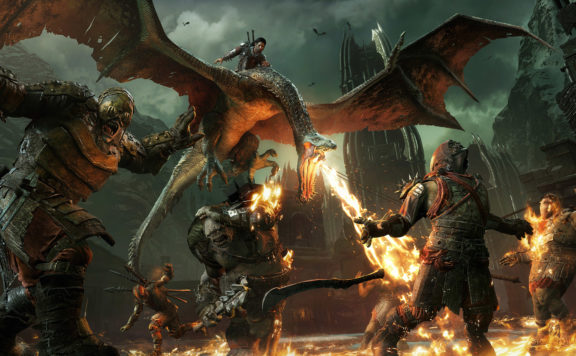Whether you are a young girl making medicines, or a serious guy trying to help stop the decline of the world around you, there will be something for you to accomplish. Alchemists are needed for the missions ahead and they will need to show how good they are to save the world. We will follow several different characters with several different storylines, and here is our Atelier Dusk Trilogy Deluxe Pack review.

Developed by Gust Co. Ltd. And published by KOEI TECMO AMERICA Corporation comes a port of the Atelier Dusk Trilogy for PlayStation 4. Having been my first time engaging with this trilogy I went back to look at some previous versions of it on YouTube to see how the older versions stood up with these ports. There have been upgrades to the graphics as well as some quality of life improvements, which have been common updates for older games such as increased battle speed, and faster running in the open world.
These games are set in a world that is slowly wilting, and the seas are disappearing. As you begin your journey into the trilogy you start as Ayesha, a young and talented maker of medicines, whose sister has disappeared. After a brief meeting with a mysterious Alchemist, you learn that you have three years to save her. This is a problem, and it’s not. The game has a time management system that is based on days, months, and years, and when you travel or synthesize any medicines it takes days off of your time. You have to make sure that you are moving forward without spending too much time on side missions. I like this aspect to the game because it gives you a sense of urgency which doesn’t happen in many RPGs.
In the second game of the trilogy, Atelier Escha & Logy, you can choose from two main characters to play the story. Escha is a chipper character that has a good positivity about them, while Logy is a serious character and keeps more to himself. These alchemists are trying to figure out a way to protect the world from the coming end. The combat system is similar to the first game but varies a little bit with the UI, and the camera angles in battle, and in the open-world. This game also has a time crunch assigned to it, so once again you need to make sure you are moving the story forward and not dallying on side-quests for too long. You will be given mission assignments every so often, so make sure you get them done.

The third game of the trilogy is Atelier Shallie, which also has two main characters to choose from, Shallistera and Shallotte. One is out to save a village and the other is trying to figure out how they fit into the wide spectrum of things. I like this game the most because of the changes to the UI from the previous two versions as well as the ability to move your camera while you are walking around. The previous two games didn’t allow you to rotate your camera and were locked into one angle. Another reason I like this one is the lack of a time mechanic. You are free to spend as much or as little time as you would like working on side-quests. I love how each of the games is connected but also separate from each other. With each new game, they changed a few more aspects of the game, like the camera angles and the battle UI.
Japanese RPGs used to only mean one thing for me, another Final Fantasy game, or Dragon Quest. In recent years the world or JRPG has been opened more fully to me and now I have several games and series to play through with no regrets. I feel like there is so much story in these games that you really need to pay attention or you will lose something in them.
Note: Our copy was reviewed on the PlayStation 4 with a code provided by PR.






